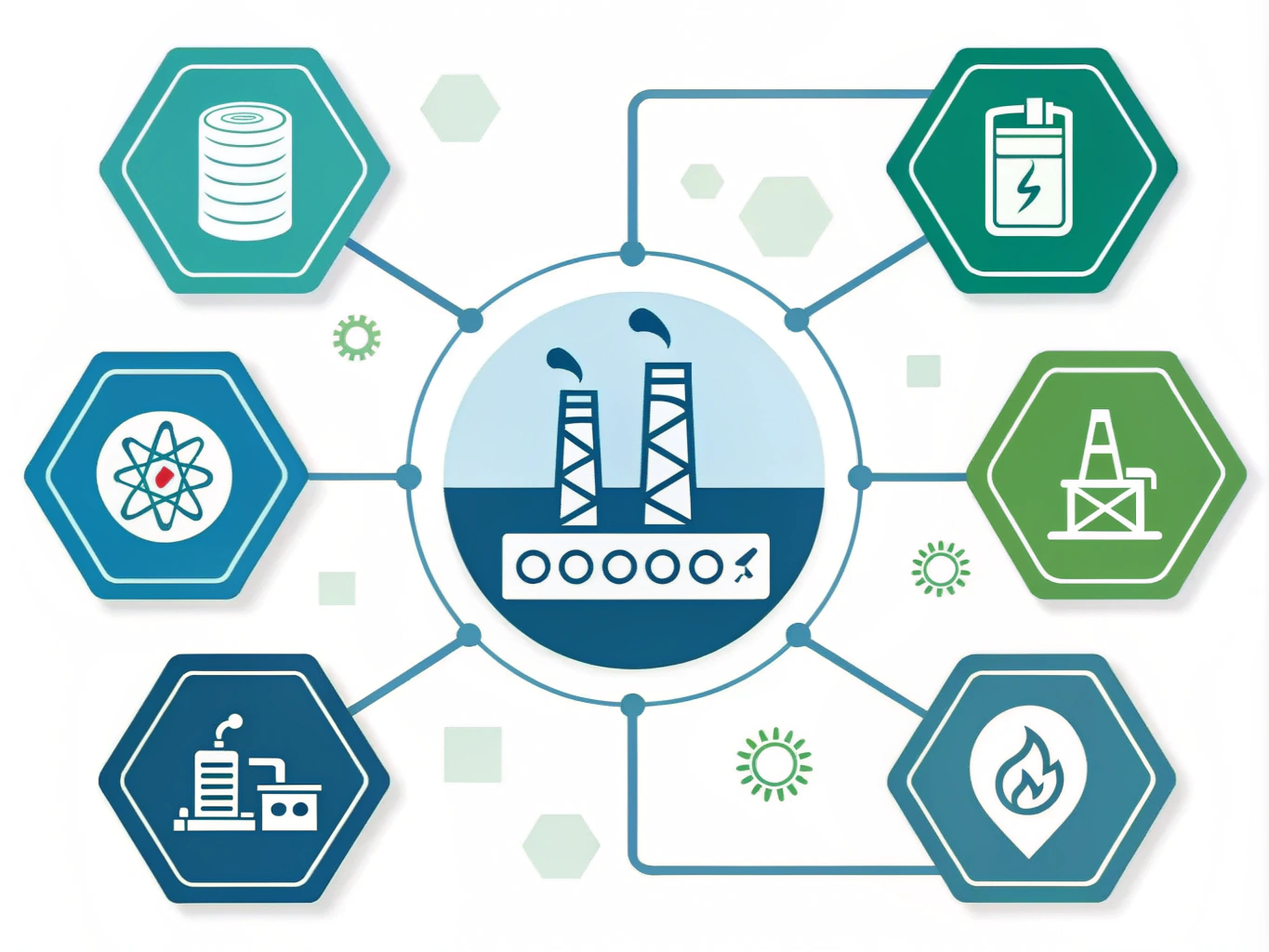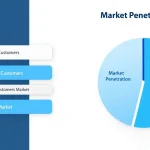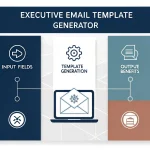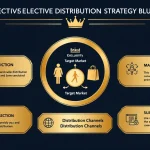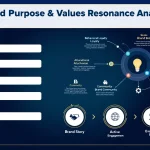Is this tool helpful?
How to Use the Tool Effectively
Follow these steps to create a detailed communication strategy tailored for your gases industry company using this powerful tool.
- Company Name: Enter your company’s name. For example, use “BlueFlame Gas Corp” or “EcoAir Services”.
- Main Objectives: Clearly state the primary goals for your communication plan. Examples include “Boost market penetration by 20% in the petrochemical sector within 1 year” or “Enhance customer loyalty through a quarterly newsletter and webinars.”
- Primary Target Audience: Describe who you want to reach first. Try inputs like “Large-scale manufacturing plants in Southeast Asia” or “Renewable energy developers in Europe.”
- Secondary Target Audience (Optional): Include other relevant groups if needed, for example, “Local environmental advocacy groups” or “Regional government regulators.”
- Key Brand Values: List what your brand stands for. Examples: “Customer trust, innovation, and operational excellence” or “Sustainability, safety, and transparency.”
- Preferred Communication Channels: Specify your favored platforms such as “Industry webinars, LinkedIn, and trade conferences” or “Email marketing, whitepapers, and local radio.”
- Industry-Specific Challenges (Optional): Mention specific hurdles your company faces, like “Strict compliance with hazardous materials handling” or “Managing volatile supply chain costs.”
- Generate Strategy: Submit the form and receive a customized communication plan based on your inputs.
Introducing the Communication Strategy Generator for Gases Industry
What This Tool Is
This communication strategy generator helps gases industry companies build focused, effective communication plans fast. By capturing your company’s goals, audiences, brand values, and challenges, the tool crafts a strategy tailored to your unique situation.
Purpose and Benefits
Use this tool to simplify the complex process of communication planning. Its benefits include:
- Time-saving: Develop a strategic plan quickly without starting from scratch.
- Industry-relevant: Addresses specific issues in gas production, safety, and regulation.
- Comprehensive: Ensures your strategy covers objectives, audiences, messaging, and crisis planning.
- Custom-fit output: Tailors recommendations to your company’s inputs.
- Consistency assurance: Keeps your company voice steady across channels.
- Risk readiness: Includes plans for handling potential industry crises.
Practical Applications of the Communication Strategy Generator
This generator fits various business needs and projects in the gases sector:
1. Rebranding or Market Positioning
Use the tool to align messaging with new brand values or market positions. For example, a company promoting cleaner gas solutions would receive recommendations on targeting eco-conscious customers and using sustainability-focused platforms.
2. Crisis Communication Planning
Prepare clear, effective communication for emergencies like supply disruptions or safety incidents. The generator suggests messaging and channels to keep stakeholders informed and maintain trust.
3. Campaign or Product Launch Support
Customize your communication for special initiatives, ensuring your objectives and audience engagement strategies are laser-focused.
4. Annual or Periodic Strategy Updates
Revisit your communication plan regularly by updating inputs to reflect changing business goals or market conditions.
How This Tool Meets Your Needs
Clear, Actionable Objectives
You provide specific goals, and the tool converts them into actionable strategy elements. This focus prevents vague messaging and directs your efforts where they matter most.
Defined Audience Targeting
You specify your main and optional secondary audiences. The tool then crafts approaches tailored to each group, helping you connect clearly with all relevant stakeholders in the gases industry.
Integration of Core Brand Values
By embedding your brand values into the strategy, the tool ensures consistent messaging that builds trust and reinforces your company identity.
Industry-Specific Crisis Preparation
Your input on industry challenges informs a crisis communication plan tailored to real-world risks like safety incidents or supply chain issues. This prep helps you respond quickly and confidently when problems arise.
Final Thoughts on Using the Communication Strategy Generator
Make your communication efforts more structured and impactful by applying this tool. Whether you want to boost brand awareness, engage new audiences, or prepare for industry risks, it provides clear, tailored guidance. Use it to save time, align your messaging, and strengthen your presence in the gases sector.
Important Disclaimer
The calculations, results, and content provided by our tools are not guaranteed to be accurate, complete, or reliable. Users are responsible for verifying and interpreting the results. Our content and tools may contain errors, biases, or inconsistencies. Do not enter personal data, sensitive information, or personally identifiable information in our web forms or tools. Such data entry violates our terms of service and may result in unauthorized disclosure to third parties. We reserve the right to save inputs and outputs from our tools for the purposes of error debugging, bias identification, and performance improvement. External companies providing AI models used in our tools may also save and process data in accordance with their own policies. By using our tools, you consent to this data collection and processing. We reserve the right to limit the usage of our tools based on current usability factors.
